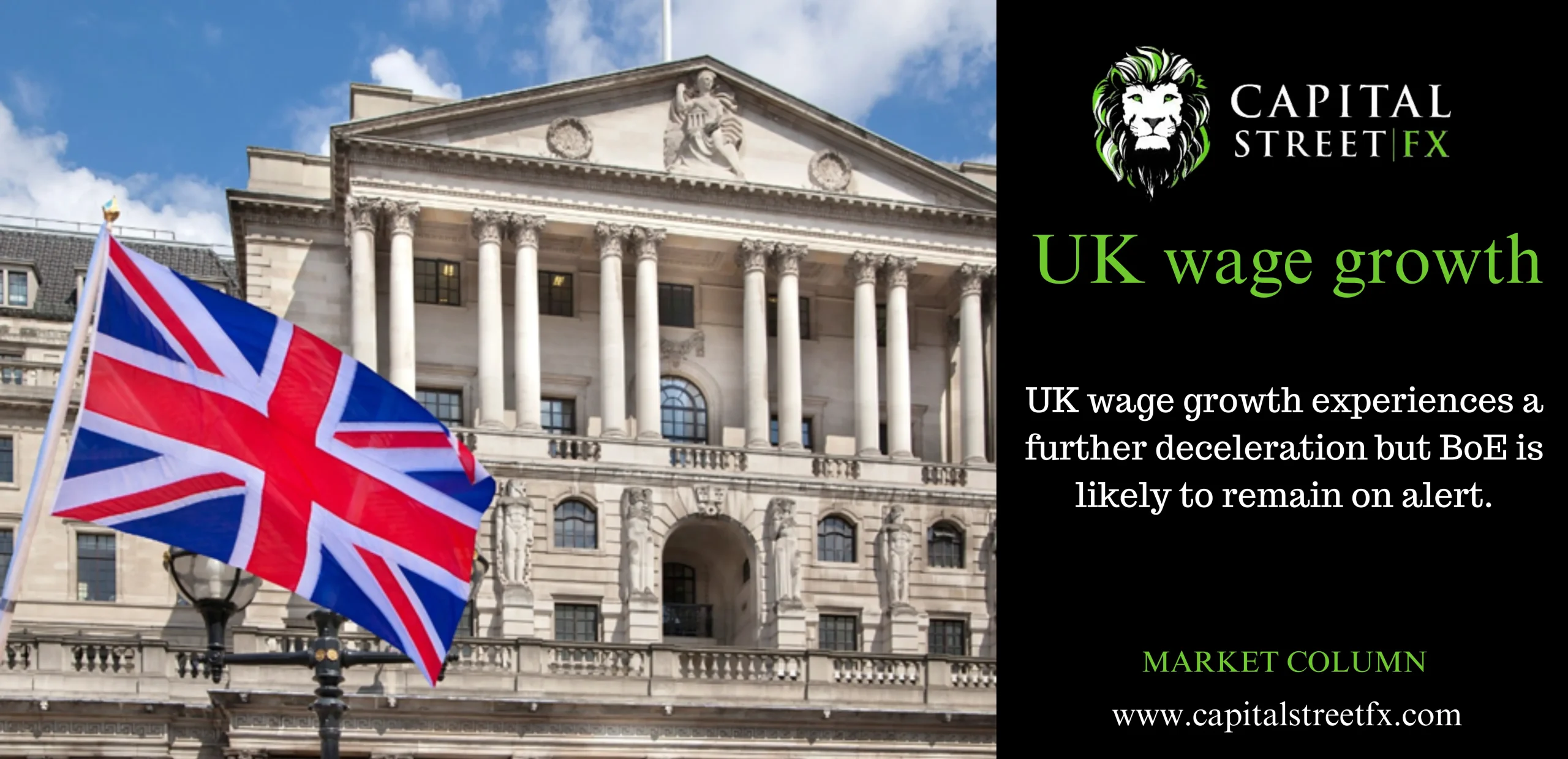UK wage growth experiences a further deceleration but BoE is likely to remain on alert.
In late 2023, British wage growth reached its slowest pace in over a year. However, the deceleration may not be substantial enough to prompt the Bank of England to hasten interest rate cuts.
The British pound gained strength against both the U.S. dollar and the euro, leading investors to slightly reduce their expectations for interest rate cuts by the Bank of England in 2024.
Excluding bonuses, wages recorded a growth of 6.2% in the final quarter of 2023 compared to the corresponding period the previous year, as reported by the Office for National Statistics.
This figure marked a decline from 6.7% in the November quarter, representing the slowest rise since the October 2022 quarter. However, it surpassed the median forecast of 6.0% from a Reuters poll of analysts.
Official data, anticipated on Thursday, is likely to confirm that Britain’s economy experienced a mild recession in the latter half of 2023. Despite this, the labor market stays constrained as businesses face challenges in recruiting and retaining staff, exacerbated by elevated levels of long-term sickness affecting employers.
Incorporating bonuses, which can be subject to fluctuations, the growth in pay decelerated to 5.8% from 6.7% in the three months leading up to November. This represents the smallest increase since the three months concluding in July 2022, surpassing the Reuters poll forecast of 5.6%.
For the 19th consecutive time, vacancies decreased in the three months leading to January, declining by 26,000 from the period of August to October. However, they were only 2,000 lower than the three months leading to December.
“The ongoing worry for the Bank of England is that the labor market hasn’t cooled enough to facilitate a lasting return to the 2% inflation target,” expressed Finney.
The Bank of England is concerned that wages may continue increasing at a pace too rapid for inflation to reach its 2% target.
Expected data on Wednesday suggests a slight uptick in inflation to 4.2% in January. Forecasts indicate a decline back to 2% in the second quarter, with a subsequent rise later in the year.
Data from Tuesday revealed that the unemployment rate dropped to 3.8% in the period between October and December, accompanied by a gain of 72,000 people in employment.

